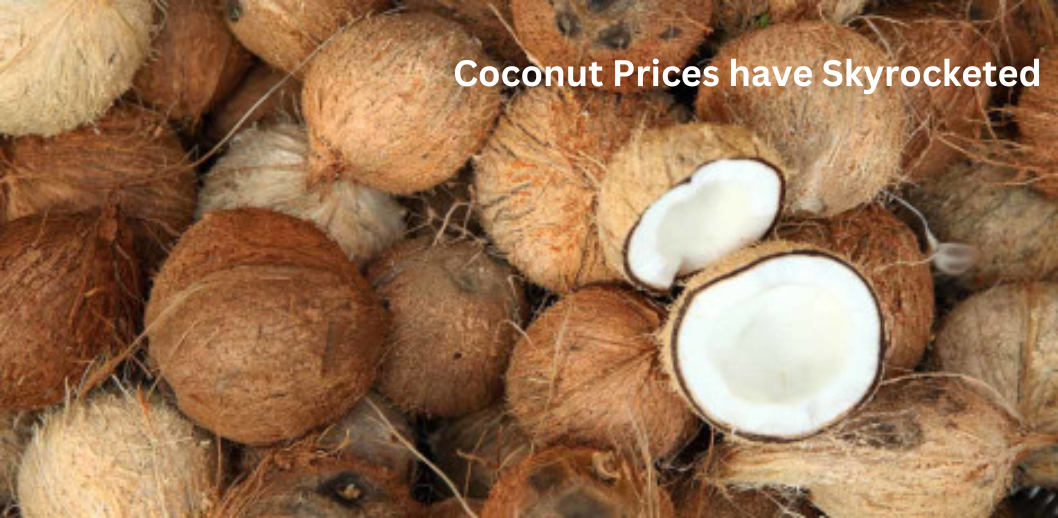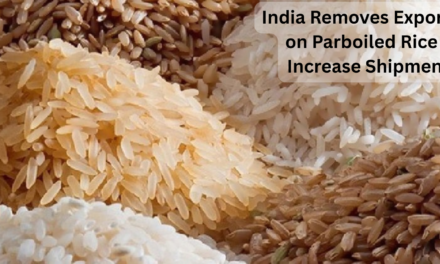Coconut prices have skyrocketed across India, particularly in regions like Pollachi, which has traditionally been one of the largest coconut-producing areas. A sharp decline in the Pollachi yield has significantly impacted supply, causing prices to surge in local markets. The decrease in production has been attributed to a combination of factors, including unfavorable weather conditions, pest infestations, and water scarcity, which have severely affected coconut palms in the region.
Pollachi, a key contributor to coconut production in Tamil Nadu, has faced a drop in average yields due to prolonged droughts and inconsistent rainfall. This has led to a shortage of fresh coconuts, which, in turn, has driven up prices in both local and national markets. As the coconut supply dwindles, traders have raised prices to cover the increased costs of procurement, which has made it difficult for consumers and small businesses, especially in the food processing industry, to manage expenses.
The rise in coconut prices is having a ripple effect across the agricultural and food sectors. The cost of coconut-based products such as oil, milk, and copra has also risen, affecting the price of coconut oil used for cooking and cosmetic products. This price surge is putting additional strain on households that rely on coconuts for daily consumption and cooking. At the same time, farmers are facing the dual challenge of dealing with lower yields while struggling to manage the increased costs of inputs, including fertilizers and labor.
The government and agricultural bodies are now exploring ways to address the crisis, such as providing subsidies for irrigation, investing in climate-resilient crops, and offering financial assistance to affected farmers. Meanwhile, the industry is looking at alternative farming practices and technological interventions to improve yields and stabilize prices in the long run.









